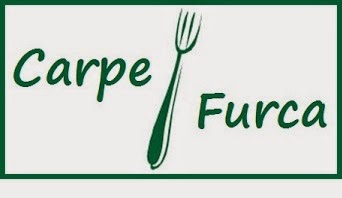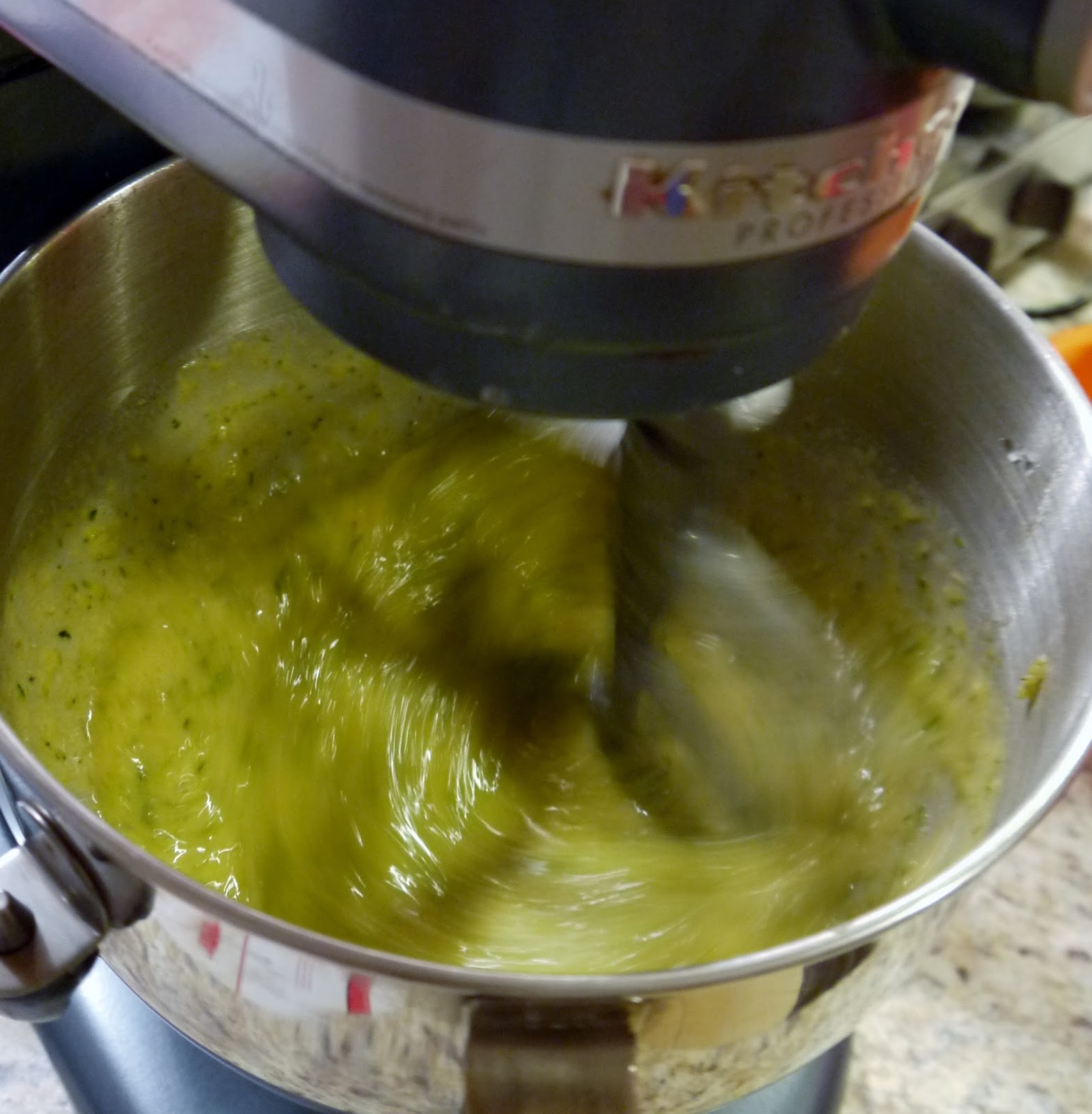Okay, I promise that this will be the last squash recipe for a while, but I felt I had to share this one because it was the brainchild of my mother, who has been visiting for the last week. Much of the foundation of my cooking came from watching and helping her in the kitchen when I was younger, and to this day its always a treat when I can enjoy a meal she makes, (she lives in North Carolina, so unfortunately these opportunities don't come up often), I mean, what could be better then some of mom's home cooking! Maybe mom doing the dishes as well...HA! Seriously though, handling the cleanup was the least I could do after this deliciously light, yet filling meal. The feta really completes this dish with its sharp, salty flavor giving a great contrast to the more mellow tones of the squash and chicken. Thanks mom!
 Share Contents Used
Share Contents UsedPattypan squash
Fresh basil
Ingredients
1 tbs olive oil
2 chicken breasts, skin removed, cut in to 1 inch pieces
4 cups pattypan squash (or other summer squash), cut in to 1 inch pieces
2 cups leeks, white and light green part, sliced thin
1 tbs chopped basil
 3 tbs white wine
3 tbs white wineSalt and pepper
Crumbled feta cheese
Preparation
 Heat the olive oil in a large skillet over medium high heat. When hot, season the chicken with salt and pepper and add to the pan. Saute until the chicken is just cooked though and nicely browned, about 5-6 minutes, then remove to a plate and set aside. Return the skillet to the heat and add the leeks plus a little more oil if the pan seems dry. Saute for around 5 minutes until the leeks start to soften then add the cut up squash, season with salt and pepper and toss to coat. Cook, stirring occasionally until the squash is slightly browned in spots and cooked through, around another 5 minutes. With about a minute left, return the chicken to the pan then add the basil and wine and continue to cook until the wine is mostly evaporated and everything is nicely combined. Serve immediately with the crumbled feta on the side for people to sprinkle on top.
Heat the olive oil in a large skillet over medium high heat. When hot, season the chicken with salt and pepper and add to the pan. Saute until the chicken is just cooked though and nicely browned, about 5-6 minutes, then remove to a plate and set aside. Return the skillet to the heat and add the leeks plus a little more oil if the pan seems dry. Saute for around 5 minutes until the leeks start to soften then add the cut up squash, season with salt and pepper and toss to coat. Cook, stirring occasionally until the squash is slightly browned in spots and cooked through, around another 5 minutes. With about a minute left, return the chicken to the pan then add the basil and wine and continue to cook until the wine is mostly evaporated and everything is nicely combined. Serve immediately with the crumbled feta on the side for people to sprinkle on top.















































